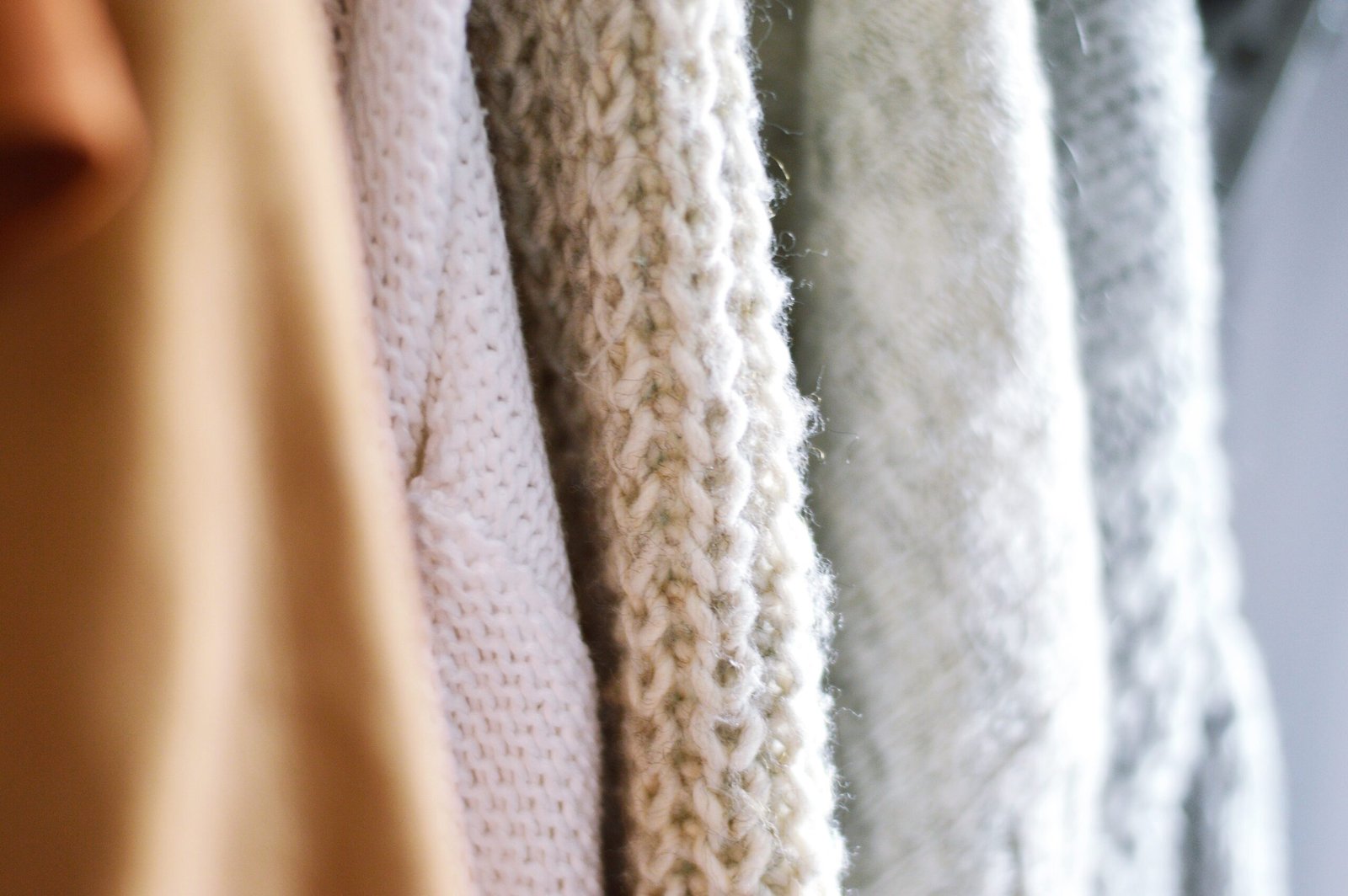Imagine a world where you never have to worry about losing a sock in the laundry ever again. Picture opening your drawer and finding a neatly paired collection of vibrant, fresh-smelling socks, ready to accompany you on your daily adventures. In “The Ultimate Guide to Washing Socks,” we uncover the best secrets and techniques to keep your socks clean, organized, and always presentable. Say goodbye to mismatched pairs and hello to sock perfection!
Find more products like these on Amazon!
Choosing the Right Detergent
When it comes to washing your socks, choosing the right detergent is crucial. There are several factors you should consider to ensure that your socks come out clean, fresh, and in optimal condition.
Consideration Factors
First and foremost, you should consider any special requirements or sensitivities you may have. If you have sensitive skin or allergies, opt for a detergent that is hypoallergenic and free of any harsh chemicals or fragrances. This will help prevent any skin irritations or allergic reactions.
Another factor to consider is the type of fabric your socks are made of. Different fabrics require different detergents to maintain their quality. For example, if you have delicate wool socks, you’ll want to choose a detergent specifically designed for wool or other delicate fabrics.
Types of Detergents
There are various types of detergents available in the market, each with its own set of advantages and suitable for different needs. Liquid detergents are a popular choice for their ease of use and effectiveness in removing stains. Powder detergents, on the other hand, are great for tackling tough stains and odors. Pods or capsules are convenient and pre-measured, ensuring the right amount of detergent is used for each wash.
Consider your personal preferences and the specific requirements of your socks when choosing between these types of detergents. It’s also worth noting that some detergents are specially formulated for specific colors or types of fabric, so keep an eye out for those if needed.
Gentle Detergents for Delicate Socks
If you own delicate or woolen socks, using a gentle detergent is essential. These detergents are specifically designed to clean and protect delicate fabrics without causing any damage. They often have mild or no enzymes, which can be harsh on sensitive fabrics. Look for detergents labeled as gentle or suitable for delicate fabrics, and always follow the manufacturer’s instructions for the best results.
Sorting and Preparing Socks
Before you start washing your socks, it’s important to sort and prepare them appropriately. This will help ensure that each pair of socks gets the care it needs and prevent any potential damage or color bleeding.
Sorting by Color
One of the first steps in preparing your socks for washing is sorting them by color. Separating your socks into different color groups will help prevent color bleeding and keep your whites looking crisp. It’s best to wash white socks separately from colored socks to maintain their brightness.
Checking for Special Care Instructions
While sorting your socks, take a moment to check any special care instructions on the tags. Some socks may require specific washing instructions, such as handwashing or avoiding certain temperatures. Following these instructions will help preserve the quality and longevity of your socks.
Handling Delicate or Woolen Socks
If you have delicate or woolen socks, take extra caution when handling them. These socks are more prone to stretching or shrinking, so it’s advisable to handwash them or use a gentle cycle on your washing machine. Avoid agitating or wringing these socks too harshly, as it may cause damage or affect their shape. Always refer to the care instructions provided by the manufacturer to ensure proper handling.

This image is property of images.pexels.com.
Find more products like these on Amazon!
Using Proper Washing Machine Settings
When it’s time to wash your socks in the machine, using the right settings is crucial for optimal results. By selecting the appropriate water temperature, wash cycle, and avoiding harsh spin cycles, you can ensure that your socks are treated with care.
Using the Appropriate Water Temperature
Different water temperatures have different effects on cleaning and fabric care. In general, warm or cold water is suitable for most socks. Hot water should be avoided unless specifically instructed by the manufacturer, as it can cause shrinkage or damage to certain fabrics. When in doubt, refer to the care instructions on the sock’s tag to determine the ideal water temperature.
Selecting the Right Wash Cycle
Your washing machine likely offers various wash cycle options, such as delicate, normal, or heavy-duty cycles. For most socks, the delicate or gentle cycle is the safest choice. This cycle uses less agitation and slower spin speeds, minimizing the risk of damage to your socks. However, if your socks are heavily soiled or require a more thorough wash, a normal cycle can be suitable.
Avoiding Harsh Spin Cycles
Spin cycles are designed to remove excess water from your laundry. While they are necessary for drying purposes, using harsh spin cycles can be harmful to delicate or woolen socks. The high speeds and forceful spinning motion can stretch or damage these fabrics. Opt for a lower spin speed or choose a cycle that offers a gentle or low spin option to protect your socks.
Handwashing Socks
Sometimes, handwashing your socks is the best option, especially for delicate or woolen socks that require extra care. Here are some guidelines on when to hand wash your socks, techniques to use, and how to properly dry them.
When to Hand Wash
Handwashing is ideal for socks that are labeled as “hand wash only” or made of delicate materials like silk or cashmere. If you have a small number of socks or if they have intricate designs, it’s also easier to control the washing process and ensure their longevity by handwashing.
Gentle Handwashing Techniques
When handwashing your socks, make sure to use lukewarm water and a mild detergent suitable for delicate fabrics. Gently agitate the socks in the soapy water, being careful not to stretch or twist them excessively. Afterward, rinse the socks thoroughly under clean water until all the soap is removed.
Drying Handwashed Socks
After handwashing, avoid wringing your socks forcefully to remove excess water. Instead, gently press them against the side of the sink or basin to remove moisture. Lay the socks flat on a clean towel and roll it up, pressing to absorb further water. Finally, reshape the socks and lay them flat on a dry towel or drying rack, allowing them to air dry completely.

This image is property of images.pexels.com.
Utilizing Laundry Bags or Mesh Wash Baskets
To prevent your socks from getting lost or damaged during the washing process, using laundry bags or mesh wash baskets can be incredibly helpful. They provide a protective barrier and help keep your socks organized within the machine.
Benefits of Laundry Bags
Laundry bags offer several advantages when washing socks. They prevent socks from getting tangled with other garments, reducing the risk of stretching or damage. The mesh material allows water and detergent to circulate freely, ensuring a thorough wash without compromising the socks’ quality. Additionally, using laundry bags can help keep pairs of socks together, making folding and sorting easier after the wash.
How to Properly Use a Laundry Bag
To use a laundry bag, place your socks inside, making sure not to overfill the bag. If the bag is too full, the socks may not receive adequate water and detergent during the wash. Close the bag securely using the zipper or drawstring, ensuring that it won’t open during the cycle. Finally, add the laundry bag to your washing machine alongside other garments, selecting the appropriate settings as mentioned earlier.
Alternatives: Mesh Wash Baskets
If you don’t have a laundry bag, a mesh wash basket can serve a similar purpose. These baskets have small holes that allow water and detergent to penetrate while keeping your socks contained. Place your socks in the mesh wash basket, ensuring they are evenly spread out to allow proper cleaning. Then, follow the same steps for selecting the right settings and adding the basket to your washing machine.
Removing Stains from Socks
Stains on socks are inevitable, especially if you lead an active lifestyle or wear them frequently. However, with the right stain removal techniques and a little bit of patience, you can effectively eliminate most common sock stains.
Pre-Treating Stains
Before throwing your socks into the washing machine, take a few moments to pre-treat any visible stains. Dampen the stained area and apply a small amount of stain remover or liquid detergent directly to the stain. Gently rub the fabric together to work the product into the stain, allowing it to penetrate and loosen the mark. Let the pre-treated socks sit for a few minutes before proceeding with the regular washing process.
Stain Removal Techniques
Different types of stains may require specific removal techniques. Here are a few common methods for tackling specific sock stains:
- For grass stains: Create a paste using baking soda and water, apply it to the stained area, and let it sit for a few minutes before washing as usual.
- For grease or oil stains: Sprinkle a generous amount of baby powder or cornstarch on the stain, allowing it to absorb the oil. Afterward, brush off the powder and wash the socks.
- For blood stains: Soak the affected area in cold water for approximately 20 minutes, then gently rub with a mild detergent or stain remover before rinsing and washing.
Addressing Common Sock Stains
In addition to the specific stain removal techniques mentioned above, some universal tips can help tackle common sock stains:
- Treat stains as soon as possible to maximize the chances of successful removal.
- Avoid using hot water when treating stains, as it can set the stain and make removal more challenging.
- Test any stain removal products on a small inconspicuous area of the sock first to ensure they won’t cause discoloration or damage the fabric.

This image is property of images.pexels.com.
Drying Socks Correctly
Properly drying your socks is just as important as washing them correctly. Using the appropriate drying methods will help maintain their shape, prevent shrinkage, and extend their lifespan.
Avoiding Tumble Drying
While tumble drying may seem convenient, it can be harsh on socks, especially those made from delicate fabrics or containing elastic components. The high heat and tumbling motion can cause shrinking, stretching, or damage to the fabric. Whenever possible, avoid tumble drying socks.
Air Drying vs. Machine Drying
Air drying is the most gentle and recommended method for drying socks. Hang your socks on a clothesline, drying rack, or hanger, ensuring proper air circulation. This method allows your socks to retain their shape while naturally drying out. If you’re concerned about maintaining the socks’ integrity, opt for air drying.
However, if circumstances don’t allow for air drying, such as during rainy or humid weather, you can use a dryer on a low heat or delicate setting. Be sure to remove the socks from the dryer as soon as they are dry to prevent any unnecessary heat exposure or over-drying.
Tips for Faster Drying
If you’re in a hurry and need your socks to dry quickly, here are a few tips to speed up the drying process:
- Gently squeeze excess water from your socks before drying to reduce drying time.
- Place your socks near a fan or in a well-ventilated area to enhance air circulation and evaporation.
- Place them in a warm room or near a heat source, such as a radiator, while ensuring the heat is not too intense to avoid damage.
Maintaining Socks’ Elasticity
Elasticity is crucial for a comfortable fit and long-lasting socks. To ensure your socks retain their elasticity and stay in good condition, it’s essential to follow specific guidelines during the washing and drying process.
Avoiding the Use of Fabric Softeners
While fabric softeners may leave your clothes feeling extra soft and fresh, they can have a detrimental effect on your socks’ elasticity. The chemicals in fabric softeners can break down the elastic fibers over time, causing them to lose their stretchiness. To maintain the elasticity of your socks, avoid using fabric softeners or dryer sheets when washing and drying them.
Tips for Preventing Elasticity Loss
In addition to avoiding fabric softeners, there are a few additional tips you can follow to prevent the loss of elasticity in your socks:
-
Use the appropriate water temperature: Hot water can weaken elastic fibers, so opt for cooler water when washing socks.
-
Avoid excessive heat exposure: Whether air drying or tumble drying, excessive heat can damage elastic fibers. Stick to low or medium heat settings and avoid direct heat sources.
-
Don’t overstretch socks: When putting on or removing socks, avoid yanking or stretching them forcefully. This can strain the elastic and lead to elasticity loss over time.
Reviving Stretched-Out Socks
If you notice that your socks have become stretched out over time, don’t fret. There are methods you can try to revive their elasticity and get them back to their original shape:
-
Soak the socks in a mixture of warm water and a small amount of white vinegar for approximately 30 minutes. Then, rinse them thoroughly and air dry. The acidity of the vinegar helps rejuvenate the elastic fibers.
-
Another method is to soak the socks in a solution of warm water and hair conditioner for around 10 minutes. The conditioner softens the fibers, making them more pliable. Rinse well and air dry.
Remember, while these methods may help restore some elasticity, it’s best to prevent excessive stretching in the first place by handling and washing socks gently.
Optimizing Sock Storage
Properly storing your socks not only keeps them organized but also helps maintain their shape and condition. By following a few storage tips, you can keep your socks in good condition and easily find the perfect pair every time.
Folding vs. Rolling Socks
When it comes to organizing socks, you can choose between folding or rolling them. Both methods have their advantages, so it ultimately depends on your personal preference.
Folding socks involves neatly folding each sock in half and then folding the top part over. This method is great for socks that you don’t wear very often, as it minimizes the chance of creases and keeps pairs together.
Rolling socks involves laying each sock flat and rolling it tightly from the toe up to the cuff. This method saves more space in your drawer and allows for easier visual identification of each pair. Rolling is especially useful for quick access to everyday socks that you wear regularly.
Organizing Socks in Drawers
When storing your socks in drawers, consider using dividers or compartments to keep them separated. This will prevent them from tangling, wrinkling, or getting mismatched. You can use drawer organizers, small baskets, or even repurpose shoeboxes to create designated spaces for different types of socks.
Sort your socks by type, color, or purpose within these compartments to make finding the right pair a breeze. Having a well-organized sock drawer not only saves you time but also helps to maintain the overall condition and longevity of your socks.
Creative Storage Solutions
If you’re looking for alternative storage solutions beyond traditional drawers, there are several creative options to consider. Here are a few ideas:
-
Hanging organizers: Use hanging organizers with pockets to store and display your socks. Hang the organizer on a closet rod or hook for easy accessibility.
-
Shoe organizers: Hang a shoe organizer on the back of a door or in your closet to neatly store and separate your socks.
-
Decorative baskets or bins: Place socks in colorful bins or baskets on shelves or in cubbies, adding a touch of personality to your storage area.
Remember to keep your storage area clean and dry to prevent moisture buildup, which can lead to odor or damage to your socks over time.
How Often to Wash Socks
The frequency of washing your socks depends on several factors, such as personal hygiene, lifestyle, and climate. While some people prefer to wash their socks after every wear, others may prefer to wash them less frequently. Here are some considerations to help you determine the ideal frequency for washing your socks.
Factors to Consider
-
Sweating: If your feet tend to sweat heavily, you may want to wash your socks more frequently to prevent odor buildup.
-
Activity level: If you engage in physical activities that result in dirty or sweaty socks, such as sports or workouts, washing them after each use is recommended.
-
Climate: Hot and humid climates can contribute to faster odor or bacterial growth. In such cases, washing your socks more frequently might be required.
-
Sock fabric: Some fabrics, such as cotton, may absorb odor and sweat more readily than others. Consider the fabric composition of your socks and adjust your washing frequency accordingly.
The Ideal Frequency
As a general guideline, washing your socks after every two to three uses is often sufficient for maintaining cleanliness and freshness. However, if any of the factors mentioned above apply or if you simply prefer the feeling of freshly washed socks, washing them more frequently is perfectly fine.
Ultimately, the ideal frequency depends on your personal comfort, hygiene preferences, and specific circumstances. It’s important to find a routine that works best for you.
Tips for Extending Time between Washes
If you’d like to extend the time between washing your socks, here are a few tips to keep them fresh for longer:
-
Allow socks to air out: After wearing, hang your socks in a well-ventilated area to allow them to air out and dry completely before wearing them again. This helps reduce odor and prevent the growth of bacteria.
-
Use odor-neutralizing sprays: Consider using odor-neutralizing sprays specifically designed for shoes to keep your socks smelling fresh between washes.
-
Alternate between pairs: Rotating between different pairs of socks gives each pair a chance to fully dry out and recover between uses, reducing the risk of odor or fungal growth.
-
Opt for moisture-wicking socks: Moisture-wicking socks are designed to draw moisture away from your feet, keeping them drier and fresher for longer. Investing in these types of socks can help extend the time between washes.
By following these tips and finding a balance that suits your needs, you can keep your socks clean, fresh, and comfortable for an extended period.
In conclusion, washing your socks properly is essential for maintaining their cleanliness, quality, and longevity. By carefully choosing the right detergent, sorting and preparing your socks, using proper washing machine settings, handwashing when necessary, utilizing laundry bags or mesh wash baskets, removing stains effectively, drying socks correctly, maintaining their elasticity, optimizing sock storage, and finding the ideal frequency for washing, you can ensure that your socks will always be in the best condition, ready to provide comfort and style. So, next time you face the task of washing your socks, remember these tips and techniques to make the process a breeze!

